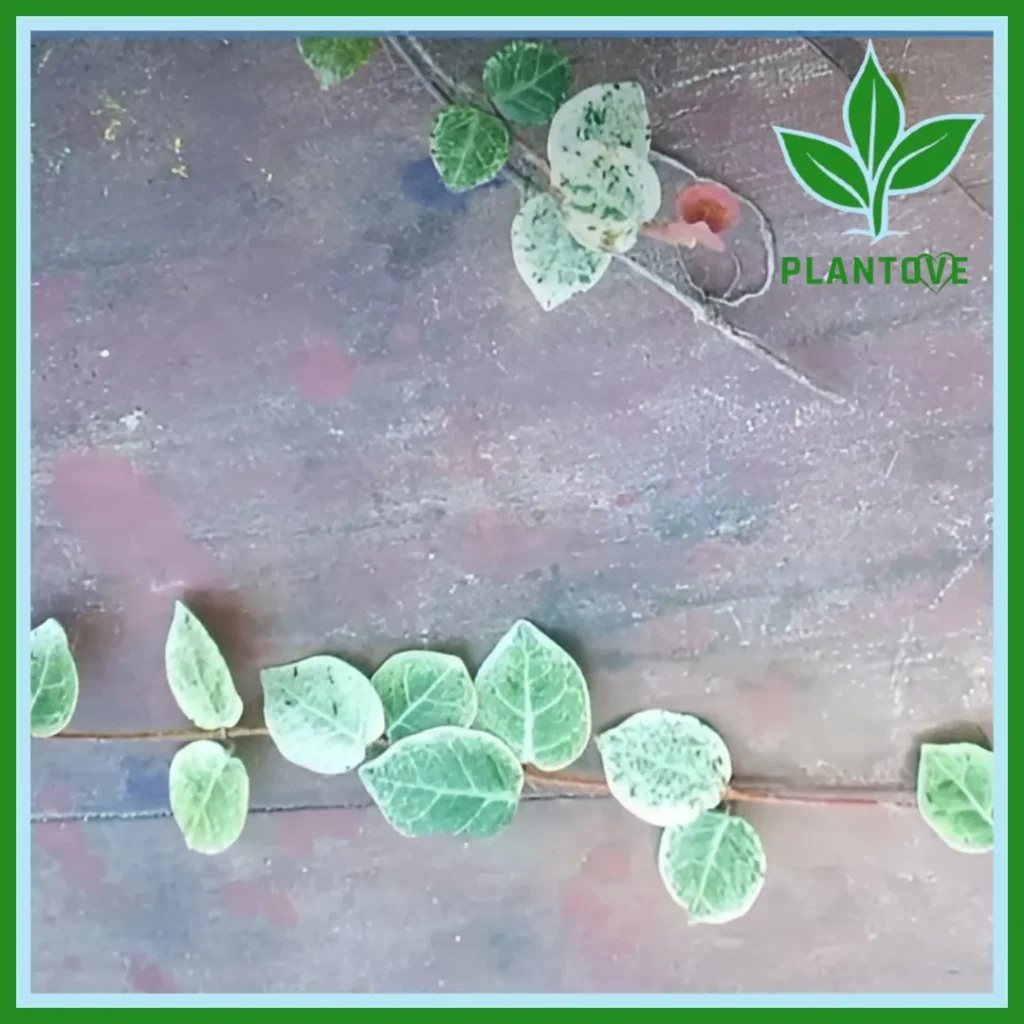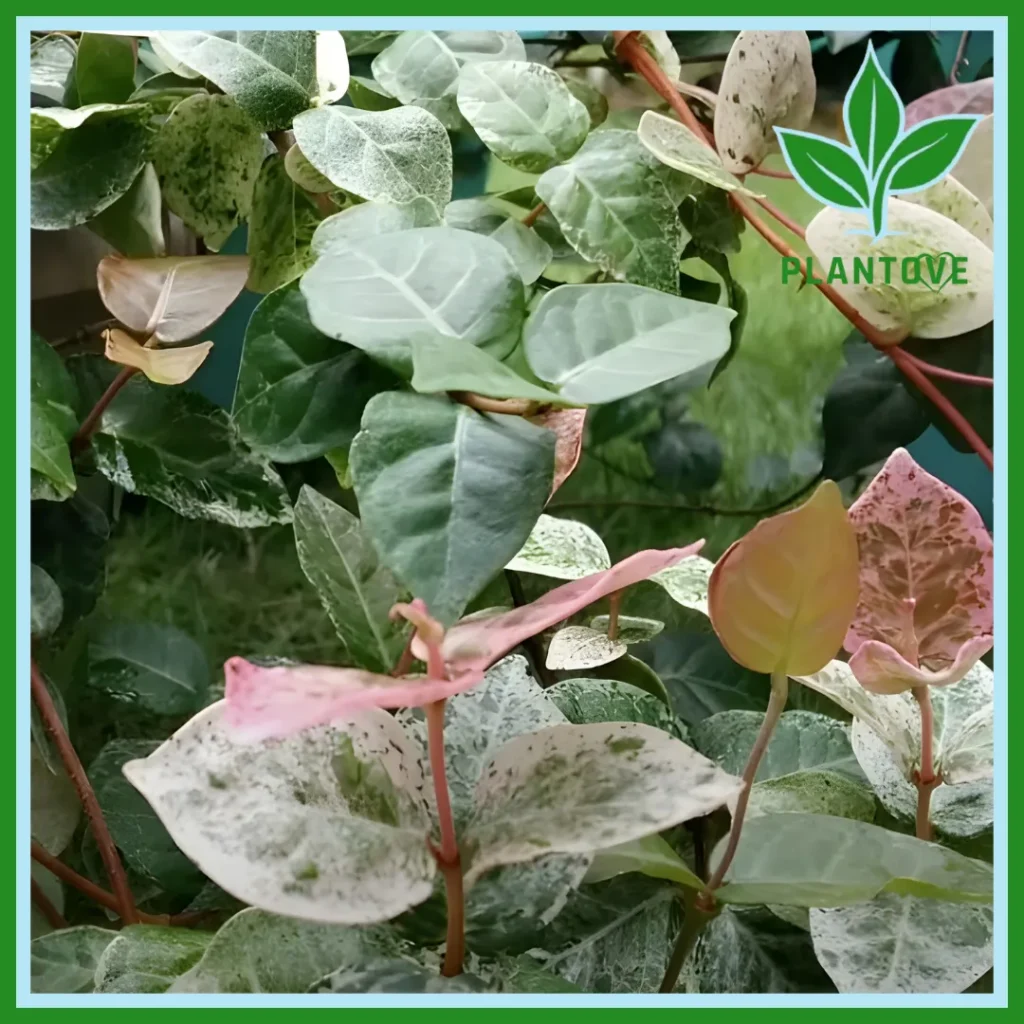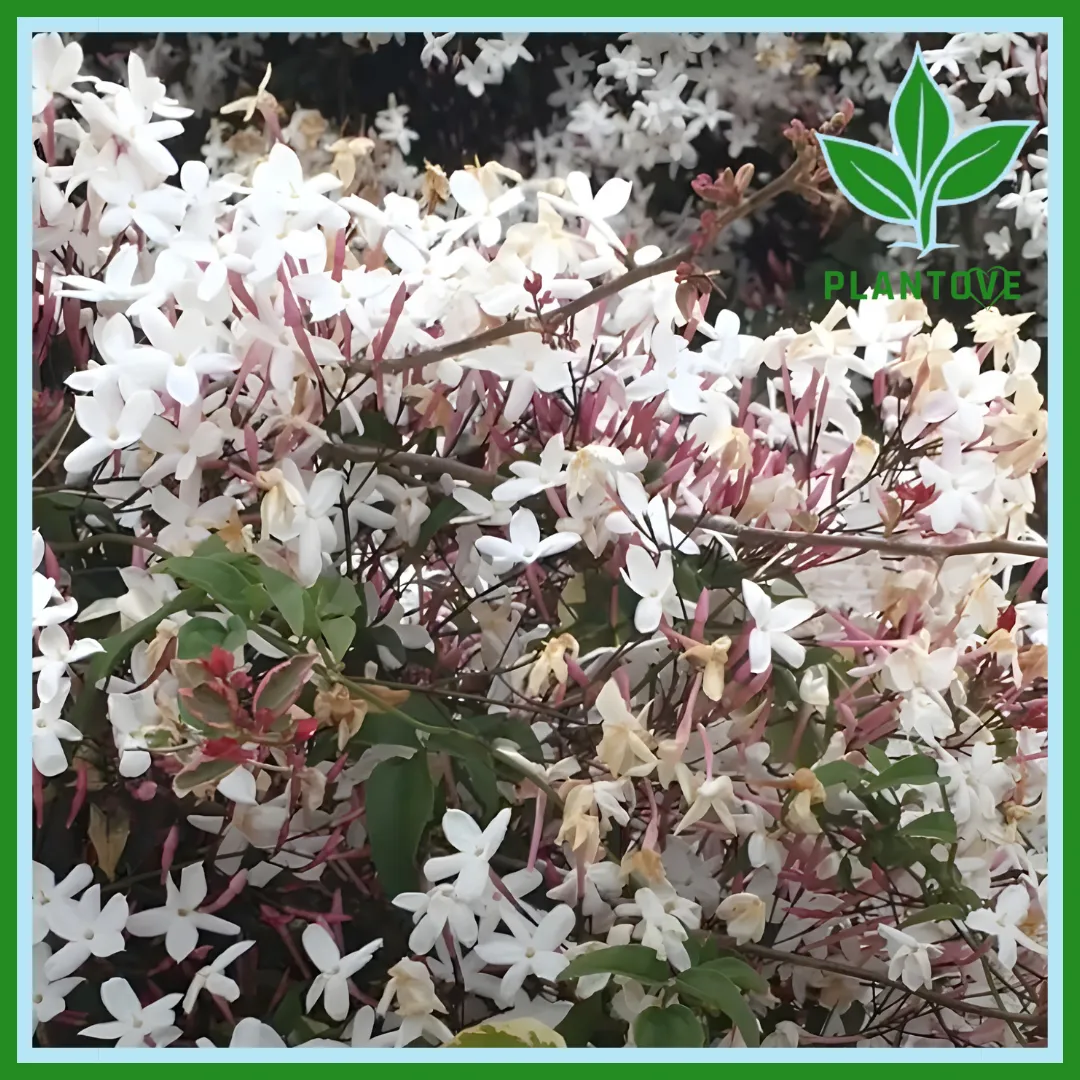Asiatic jasmine (Trachelospermum asiaticum) is a fast-growing, evergreen plant commonly used for ground cover and ornamental purposes. With its glossy, dark green leaves and sweet, fragrant flowers, this low-maintenance plant is a favorite among homeowners and landscapers alike. Whether you’re using it to cover bare spots in your yard, add texture to your garden, or as an attractive ground cover, Asiatic jasmine has plenty to offer.
However, like any plant, Asiatic jasmine is not without its challenges. Knowing how to properly care for it, identify potential problems, and address them can make all the difference in ensuring a healthy, thriving plant. In this comprehensive guide, we will explore everything you need to know about Asiatic jasmine, including its care requirements, common issues, and how to use it as ground cover. We will also delve into how to propagate it through seeds, among other essential details.
What is Asiatic Jasmine?
Asiatic jasmine, also known as Asian Jasmine, is a species of flowering plant in the dogbane family (Apocynaceae). Despite the name, it is not a true jasmine, but its fragrant white flowers and glossy green leaves give it a similar aesthetic. Native to East Asia, including China, Japan, and Korea, this plant is well-suited to a variety of climates and soil types, making it an excellent choice for homeowners across the United States.
This plant is popular for its use as a ground cover due to its ability to spread quickly and cover large areas. Its adaptability to both sun and shade, combined with its tolerance for drought once established, makes it a reliable option for low-maintenance landscaping.
Asiatic Jasmine Care: How to Keep Your Plant Thriving

To keep your Asiatic jasmine healthy and vibrant, proper care is essential. Fortunately, this plant is known for being low-maintenance, but there are still a few things to keep in mind when it comes to watering, sunlight, soil, and pruning.
1. Sunlight Requirements
Asiatic jasmine thrives in both full sun and partial shade. It can tolerate some direct sunlight but tends to perform best when it receives at least 4 hours of sunlight per day. In shady areas, the plant will grow more slowly, but it will still do well, making it ideal for planting beneath trees or other shade-providing structures.
If you’re planting Asiatic jasmine in full sun, be sure to water it regularly to help it adjust to the higher light levels. In too much shade, however, the plant may become leggy and fail to flower properly.
2. Soil Conditions
Asiatic jasmine is relatively adaptable when it comes to soil types but prefers well-draining soil. Sandy or loamy soil with a neutral to slightly acidic pH is ideal. While it can tolerate a variety of soils, poor drainage or overly compacted soil can lead to root rot and other issues.
Before planting, make sure to prepare the soil by loosening it and amending it with organic matter to improve drainage and soil fertility. If you’re planting Asiatic jasmine in a container, ensure the pot has drainage holes to prevent water from accumulating at the bottom.
3. Watering Needs
While Asiatic jasmine is drought-tolerant once established, it still requires regular watering during its first few months of growth to help it become established. During the growing season, water the plant deeply once a week, or more frequently if the weather is particularly hot or dry.
Overwatering can be harmful to Asiatic jasmine, so it’s important to let the soil dry out between waterings. Water the plant at the base, avoiding getting the leaves wet to prevent fungal diseases. If you’re planting it as a ground cover, make sure that the area drains well to avoid waterlogging.
4. Fertilizing Asiatic Jasmine
Fertilizing Asiatic jasmine isn’t strictly necessary, but it can help encourage growth, especially if the plant appears weak or is growing slowly. A balanced, slow-release fertilizer is recommended. Apply it once in the spring, and possibly again in late summer, if needed.
Be cautious not to over-fertilize, as this can cause excessive growth that weakens the plant and makes it more susceptible to pests and diseases.
5. Pruning and Maintenance
Asiatic jasmine can grow quite vigorously and may need periodic pruning to keep it in check. Prune it back in late winter or early spring before the new growth begins. Remove any dead or damaged vines to maintain the plant’s shape and promote healthy new growth.
If you’re using Asiatic jasmine as a ground cover, keep it trimmed to prevent it from overgrowing into areas where it might become invasive. Regular trimming will also help it spread more evenly and keep it looking neat and tidy.
Asiatic Jasmine as Ground Cover

Asiatic jasmine is widely used as ground cover because of its ability to spread quickly and densely. Once established, it forms a thick carpet of dark green foliage that helps suppress weeds and provides an attractive, low-maintenance solution for covering bare or difficult-to-grow areas.
When planting Asiatic jasmine as ground cover, keep the following in mind:
- Spacing: Plant Asiatic jasmine 12 to 18 inches apart to give it room to spread. It will grow quickly and fill in the gaps within a few months.
- Steep Slopes: This ground cover is particularly useful on hillsides or slopes where other plants might struggle. It can help prevent soil erosion by binding the soil together with its dense root system.
- Weed Control: Its dense growth helps block sunlight from reaching weeds, making it an effective and natural form of weed control in gardens and landscapes.
Once established, this ground cover requires minimal upkeep. It’s also quite resilient, thriving in a variety of conditions from sun to shade.
Asiatic Jasmine Problems: Common Issues and How to Solve Them

While Asiatic jasmine is generally a hardy plant, there are a few common issues that gardeners may encounter. Knowing how to recognize and address these problems can ensure your plant stays healthy.
1. Leaf Spot Disease
Leaf spot is a fungal disease that causes dark spots on the leaves of Asiatic jasmine. This problem is more likely to occur if the plant is watered from above or if the leaves remain wet for extended periods.
Solution: To prevent leaf spot, water the plant at the base and avoid wetting the foliage. If the plant is already infected, remove the affected leaves and dispose of them. You can also treat the plant with a fungicide specifically designed for ornamental plants.
2. Root Rot
Root rot is a common problem for This Plant, especially in poorly-draining soil. When the roots are left in standing water for too long, they can begin to rot, leading to a weak and unhealthy plant.
Solution: Ensure the soil drains well and avoid overwatering. If root rot has already set in, remove the affected plant, trim off the rotting roots, and replant in well-draining soil.
3. Insects and Pests
Asiatic jasmine is susceptible to common garden pests like aphids, spider mites, and scale insects. These pests can damage the leaves and stunt the growth of the plant.
Solution: Keep an eye out for pests and treat them early. You can remove insects by spraying the plant with a mixture of water and insecticidal soap or a natural pest repellent. Neem oil is also a great option for organic pest control.
4. Yellowing Leaves
Yellowing leaves may indicate that the plant is stressed, possibly due to overwatering, poor drainage, or a nutrient deficiency.
Solution: Check the watering schedule and ensure that the plant is not sitting in waterlogged soil. If necessary, amend the soil to improve drainage and add a balanced fertilizer to support healthy growth.
How to Grow Asiatic Jasmine from Seeds
While Asiatic jasmine is often propagated through cuttings or purchased as established plants, it is possible to grow it from seeds. Here’s how:
1. Harvesting Seeds
This Plant is produces small, white, fragrant flowers that eventually turn into seed pods. To collect seeds, wait until the pods are dry and brown, then carefully break them open to reveal the seeds.
2. Planting Seeds
Plant the seeds in a well-draining seed-starting mix in early spring. Space the seeds about 1 inch apart and cover them lightly with soil. Keep the seeds in a warm, sunny location, and water them regularly to keep the soil moist but not soggy.
3. Germination
Asiatic jasmine seeds typically take about 2 to 3 weeks to germinate. Once they sprout, you can transplant them into larger pots or directly into the ground. However, growing from seed can be a slow process, and it’s usually faster to propagate Asiatic jasmine through stem cuttings.
Conclusion
Asiatic jasmine is a beautiful, versatile plant that can thrive in a variety of environments, making it an excellent choice for both ornamental and practical uses in your garden. Whether you’re using it as ground cover, a border plant, or an attractive addition to a shaded area, Asiatic jasmine is sure to provide year-round beauty and functionality.
By following the care guidelines outlined in this article and addressing any potential problems promptly, you can enjoy a healthy, flourishing Asiatic jasmine plant for years to come. Whether you’re troubleshooting common issues or propagating new plants, this plant is an excellent choice for gardeners looking for a low-maintenance, yet stunning, ground cover plant.

